Filling your gas tank with a credit card may feel routine. You skip the hassle of cash, earn rewards, and drive off quickly. However, using a credit card for gas could quietly drain your wallet. Across the U.S., more gas stations now charge extra, sometimes up to $1 more per gallon, just because you pay with a card.
While this trend might sound surprising, it’s becoming more common every year. Even though it’s legal in most states, gas stations often fail to explain these extra fees clearly. As a result, many drivers don’t discover the added cost until they check their receipt. Over time, those hidden charges build up. That’s why understanding this issue matters before your next trip to the pump.
What’s Really Behind the Higher Price?
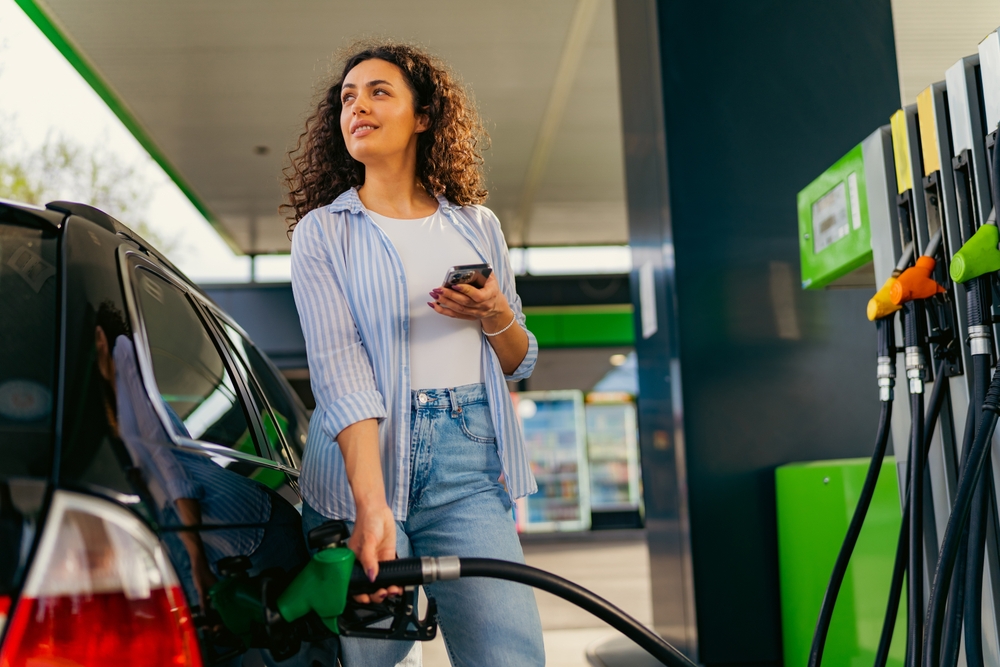
To understand the issue, it helps to know how card payments work. Every time you pay with a credit card, the gas station pays a fee to the card issuer. These interchange fees usually range from 1.5% to 3.5% of the transaction. While some businesses choose to absorb that cost, many pass it along to the customer instead.
In fact
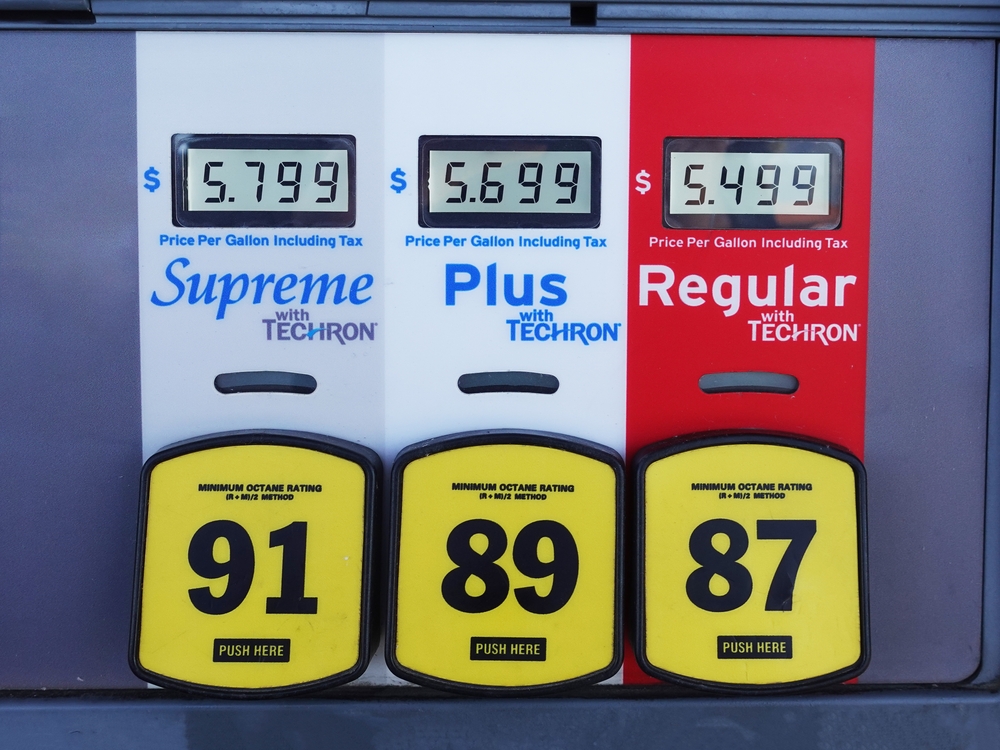
Using a credit card for gas now often triggers a hidden surcharge. In some areas, the difference between credit and cash prices can reach 50 cents to $1 per gallon. Although that gap might not seem big initially, it adds up fast. For example, a 15-gallon fill-up could cost you $15 more, simply for using plastic instead of paper.
Moreover, this isn’t just happening at a few local stations. According to reports from Yahoo Finance, MSN, and the Daily Dot, this pricing model is spreading nationwide. Increasingly, stations are using these added fees not only to cover their costs but also to pad their profits.
Read More: A Healthy Diet Can Save You Money at the Checkout, Research Finds
Legal but Often Misleading
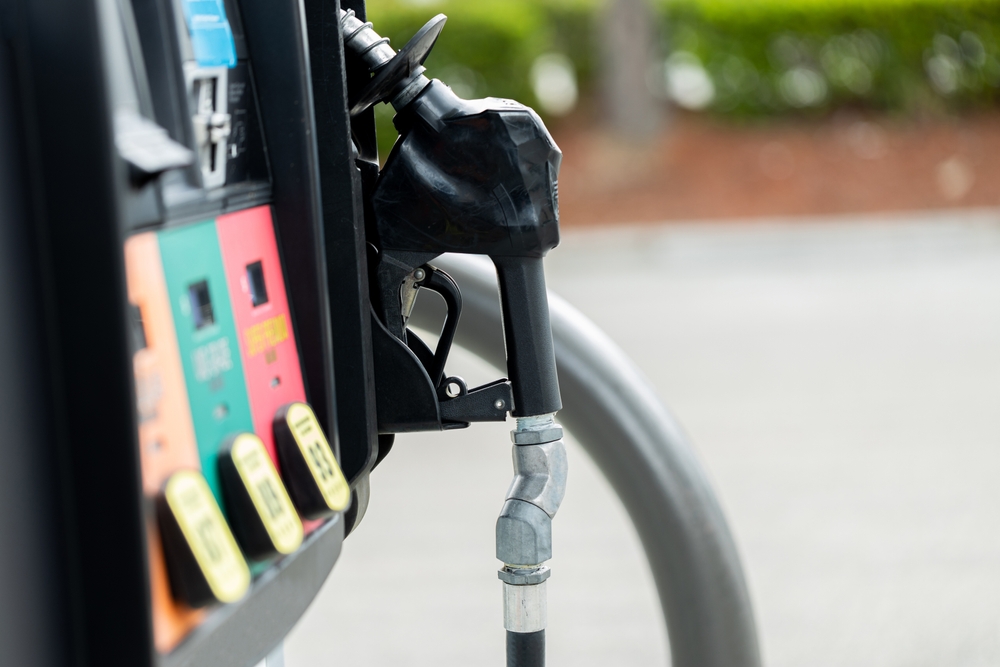
At first glance, charging more for credit card use may seem unfair. However, in most states, it’s perfectly legal. as long as the station discloses the surcharge clearly. Unfortunately, that doesn’t always happen. For instance, some stations post tiny signs that are easy to miss. Others wait to display the actual price until you’ve selected a payment method. A few don’t mention the surcharge at all. As a result, customers often feel tricked.
Personal Experience
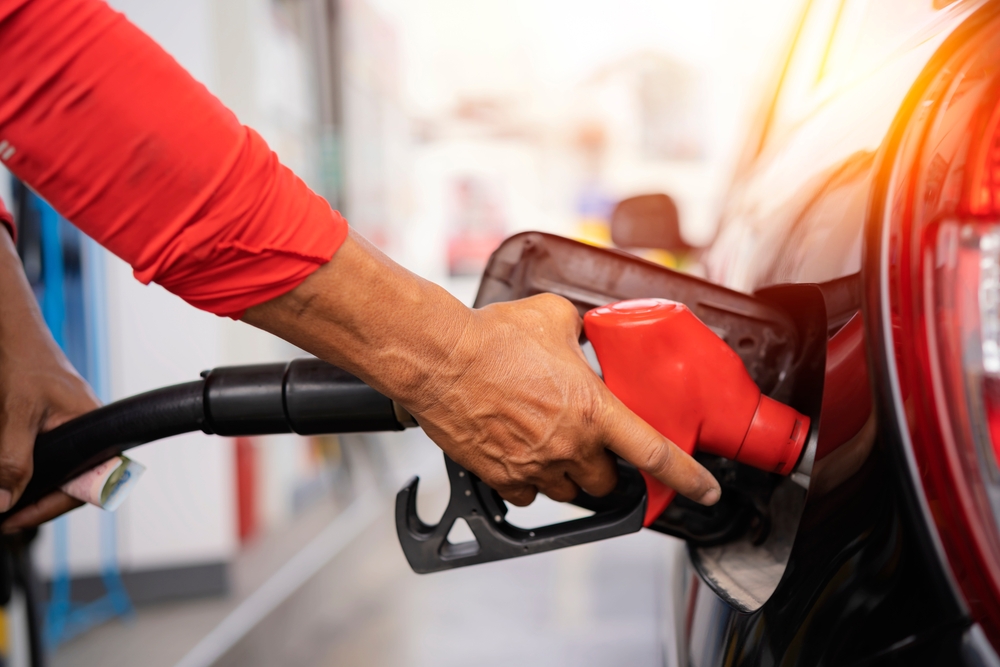
One Florida driver shared her experience with the Daily Dot. She believed she was paying the posted price, only to discover a higher charge on her receipt. “There was no clear sign,” she said. Situations like this raise serious concerns about transparency. Clearly, while using a credit card for gas remains your choice, knowing what it will cost you requires more vigilance than it should.
Why Gas Stations Keep Adding Surcharges
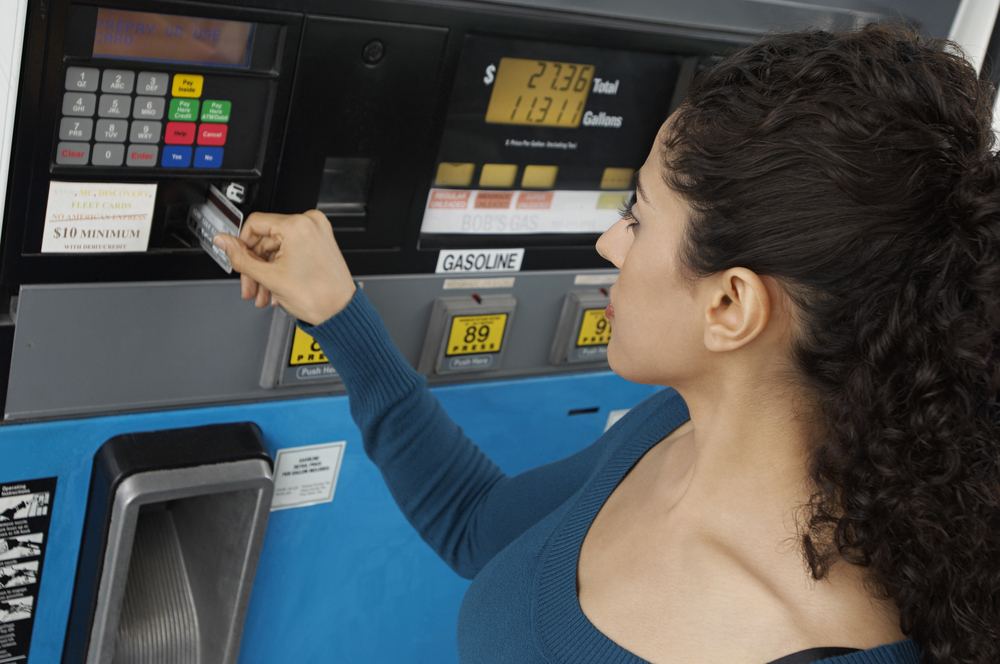
So why are more stations adopting this pricing strategy? Several factors contribute to the surge in credit card surcharges. First, credit card networks have raised their processing fees. This increase places more pressure on small business owners who operate on thin profit margins. Second, inflation has driven up operating costs across the board, from delivery fees to utilities. To stay profitable, many gas stations feel compelled to shift some of those costs onto customers when they using a credit card for gas.
Additionally, enforcement of pricing disclosure laws remains weak in many areas. Without strict oversight, stations face little consequence for hiding or downplaying surcharges. As a result, some businesses take advantage of the lack of regulation. Taken together, these factors create the perfect storm, one where customers pay more without fully understanding why.
Read More: 8 Things Even The Smartest People Waste Money On
How to Avoid These Extra Charges
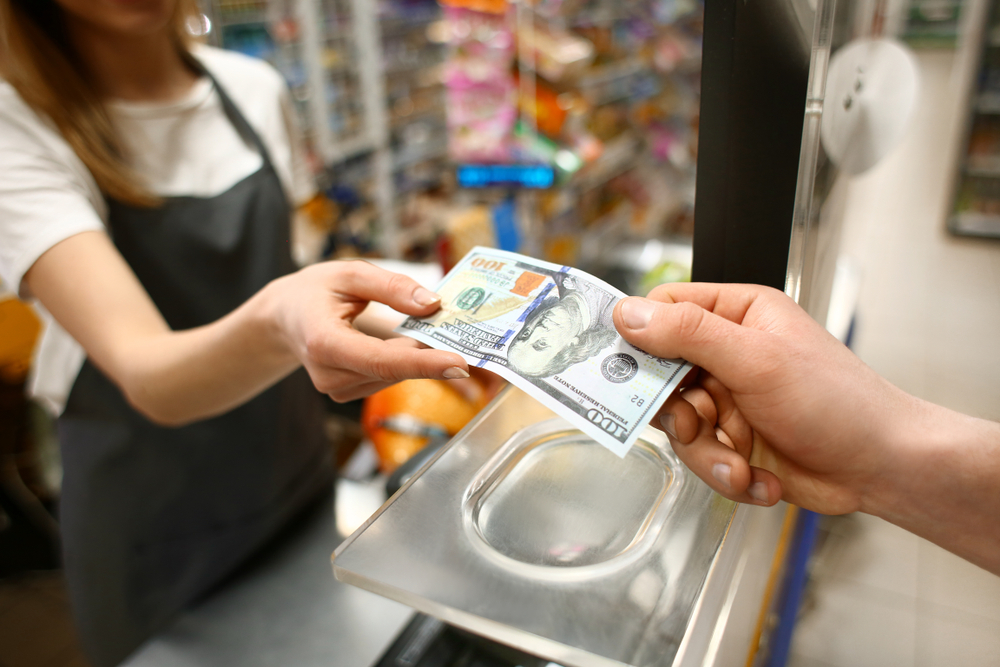
Thankfully, you don’t have to accept these extra fees. By making a few small changes, you can avoid the surcharge trap and keep more money in your wallet. First and foremost, consider paying with cash. Many gas stations offer lower prices for cash payments, making this the most direct way to save. If you don’t carry cash, using a debit card may offer a second-best option. Some stations apply reduced fees or none at all to PIN-based debit transactions.
Next, make it a habit to check the signs before you pump. Look for clear labels that show both cash and credit prices. If the signage isn’t obvious, ask the cashier. Better yet, stick to major brands like Shell or Chevron, which tend to follow transparent pricing policies more consistently.
Finally, use gas apps like GasBuddy or Upside to find stations in your area that post honest pricing. These tools can help you make smarter choices with minimal effort. By taking these steps, you can avoid paying more just for using a credit card for gas.
Drivers Speak Out

Unsurprisingly, more drivers are speaking up. On social media platforms like TikTok and Reddit, frustrated customers share videos and photos that highlight unexpected price hikes. One user showed a $1 per gallon price jump for credit card users, and the clip quickly went viral.
Beyond personal stories, online communities now offer tips for spotting misleading pricing and avoiding dishonest stations. Many drivers say they feel taken advantage of and want stricter rules around disclosure and transparency.
Gas station owners, on the other hand, argue that they need to cover rising costs. While this concern is valid, it doesn’t justify leaving customers in the dark. Shoppers want honesty, and they deserve to know what they’re paying upfront.
At the end of the day, using a credit card for gas shouldn’t feel like a gamble. Drivers want control over their spending, and that starts with accurate, visible pricing.
Swipe Smart and Save
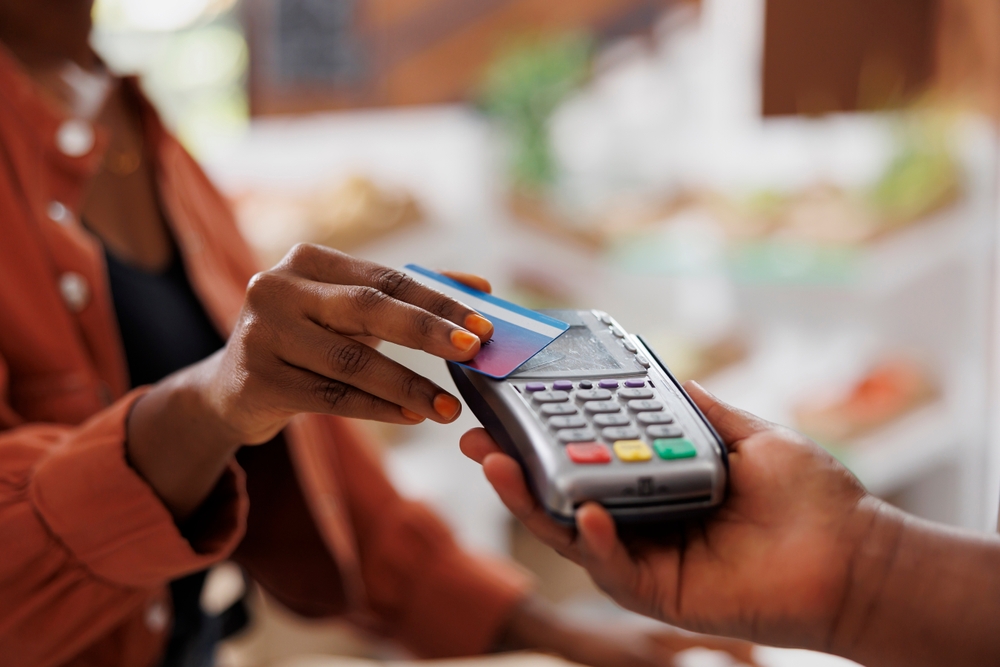
In today’s economy, even small expenses deserve a second look. Using a credit card for gas might feel convenient, but that swipe can quietly increase your total by several dollars. With more gas stations charging hidden surcharges, staying informed matters more than ever.
The good news is, you have options. By switching to cash or debit, reading pump signage, and choosing honest retailers, you can avoid extra costs. Tools like gas price apps can also guide you to the best deals in your area.
So next time you fuel up, take a moment to pause. Check the price, compare your options, and make the choice that saves you money. After all, that quick decision could put a few extra bucks back in your pocket every time.
Read More: Mastering Money: Dave Ramsey’s 9 Essential Frugal Practices

